Have you ever come across the term “CTC” when looking at teas and wondered what it meant? Cool Tea Color? Completely TEAriffic Consumption? Clown Tea Car?
Those are all fine guesses, but what CTC really stands for is “crush, tear, curl” (sometimes called “cut, tear, curl”). Still scratching your head? No worries, we’ll explain.
CTC vs. Orthodox
Before CTC became a thing, teas were produced by what is called orthodox production. Orthodox tea production uses only top-quality tea leaves and buds, resulting in higher quality and a more sophisticated tasting tea than CTC-processed teas because, in general, the larger the leaf particles, the mellower and more sophisticated the tea. The orthodox production method, however, is far more time-consuming, with these blends processed to a great extent by hand. While the quality is higher, so is the price tag.

Then in 1931, Sir William McKercher introduced a machine that would “crush, tear and curl” the fresh tea leaves in one fell swoop. Rather than the orthodox method of withering, rolling, oxidizing and firing tea leaves, the CTC process is quite different. Tea leaves pass through cylindrical rollers with sharp teeth that, as advertised, crush, tear and curl the tea into tiny, hard green pellets. The pellets then travel on a conveyor belt under powerful blowers, which hasten their oxidation so that the pellets turn dark brown within one hundred yards, in just under an hour. The result of this near-instantaneous oxidation is a tea with extraordinary briskness and consistency.

CTC production began to thrive, primarily in India and Kenya. It is generally used to process black teas and, because it is a much less expensive and easier way to produce tea, makes up at least 95 percent of the worldwide tea market. CTC teas, also known as mamri teas, are the primary ingredient in tea bags.
CTC Quality
Because of how they are processed, orthodox and CTC teas have very different flavor outcomes. Orthodox teas maintain their original, unique flavors with all their nuances and subtleteas, if you will.
On the other hand, CTC teas have a more generic, homogenized taste, not as individualized as orthodox teas. Because of their processing, they produce a darker, more astringent liquor, and due to their quick oxidization, they are a bit greener and more brisk than regular orthodox teas. In addition, it is easier to mix higher-quality CTC pellets with lower-quality pellets as, once they have processed, they are nearly impossible to tell apart. Orthodox teas are in leaf form where it is much easier to distinguish that different types of leaves have been mixed together.
Before you start thinking that CTC teas are vastly inferior, keep this in mind: a high-quality tea leaf that is CTC processed will result in a high-quality CTC tea. Different than an orthodox-processed tea, yes. But different doesn’t equate to inferior.
CTCs We Love
As we mentioned, black teas are the types of tea most often CTC processed. Incredibly popular in India for its flavor and price, it’s the tea used in masala chai. Before the introduction of CTC teas to India, few Indians drank their own tea, but that all changed with CTC and what is basically the national drink of India, chai. This strong CTC black tea is the perfect complement to the intense spices used in a masala chai, and doesn’t lose anything when milk is added. CTC tea was a major influence on the prevalence of chai and chai stands in that country. Not only did it help ignite an expansion of chai stalls and shops, those locales became a mainstay for social gatherings and an integral staple of Indian culture.

Our CTC Assam is a classic Indian CTC. It has a striking amber color, rich flavor and is full bodied. In addition to a wonderful tea to drink on its own or with milk and sugar, it is a key ingredient in several of our blends, including the East Frisian, Scottish Morn and Chai.

When we found Kaimosi CTC at the Kaimosi Estate in the Great Rift Valley in Kenya, we knew we had to source it. It brews up dark red like Assam CTCs, but since it is given more time to oxidize, the taste has less “bite.” It’s a wonderful example of a non-Indian produced CTC and showcases how CTCs can have their individuality, too.
Now that you know what CTC means, you can use your high-falutin’ tea knowledge to impress your friends. And when they guess it means “Clown Tea Car,” don’t you dare laugh-- take the chai road instead!


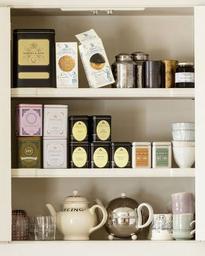
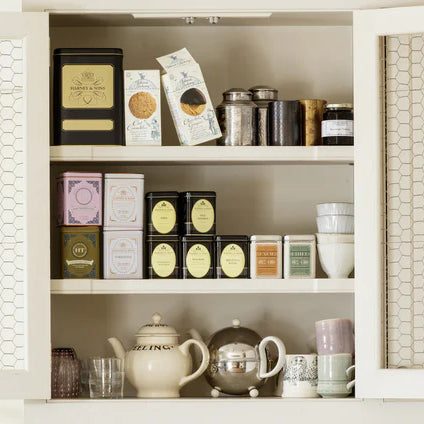
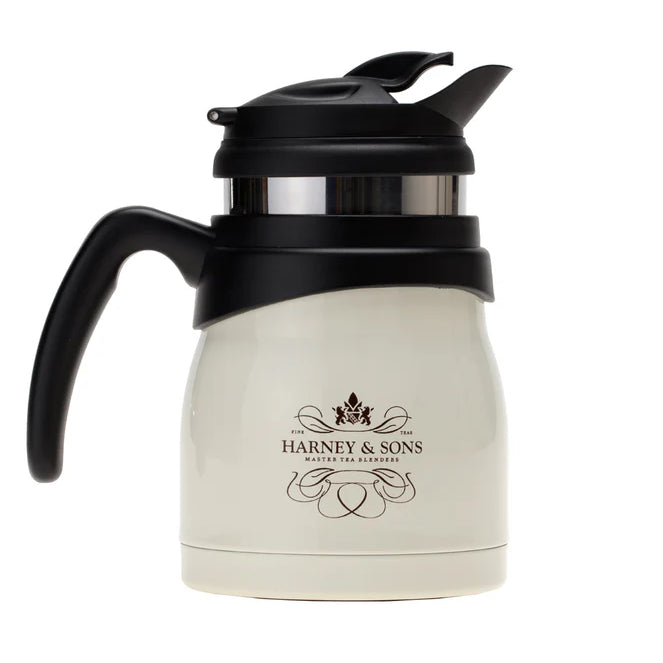
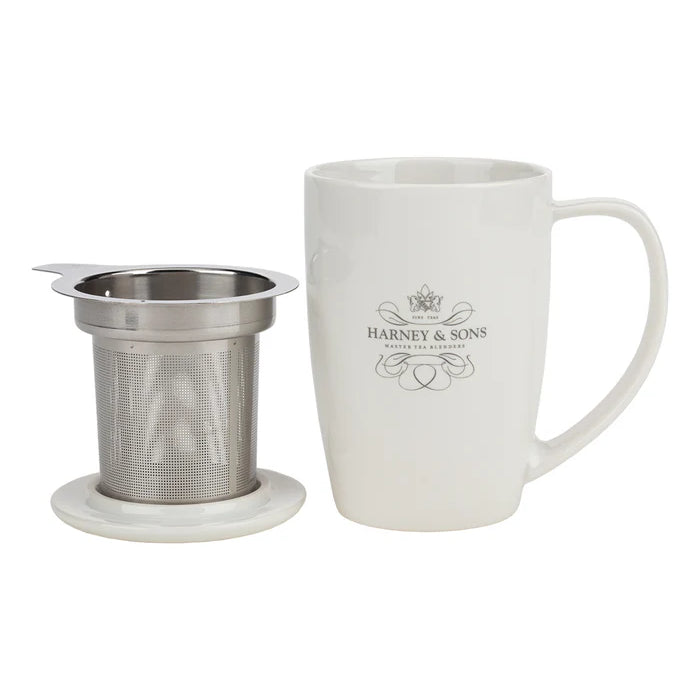
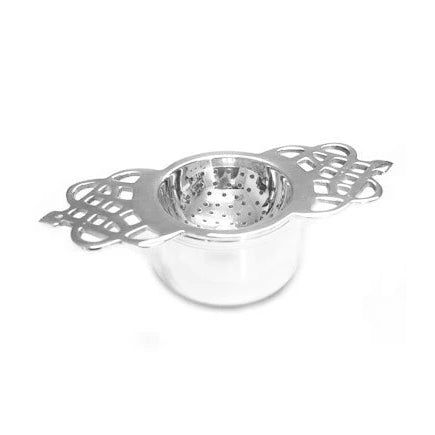
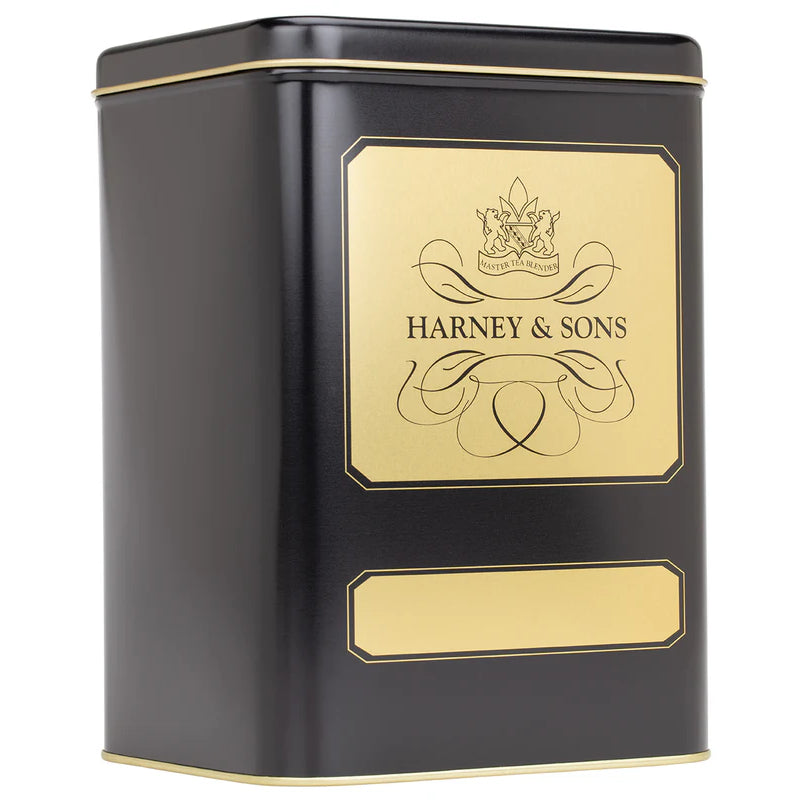
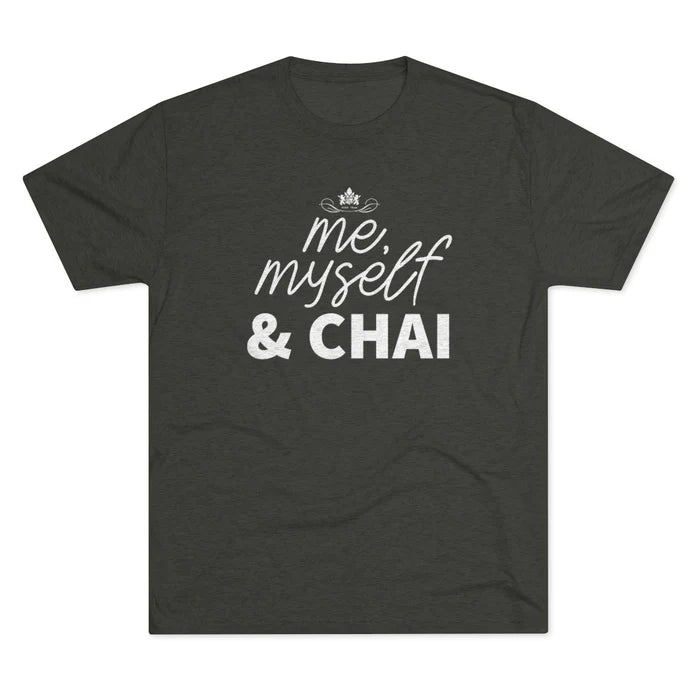
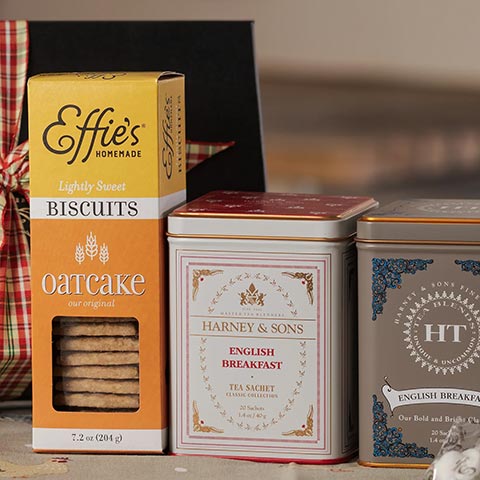
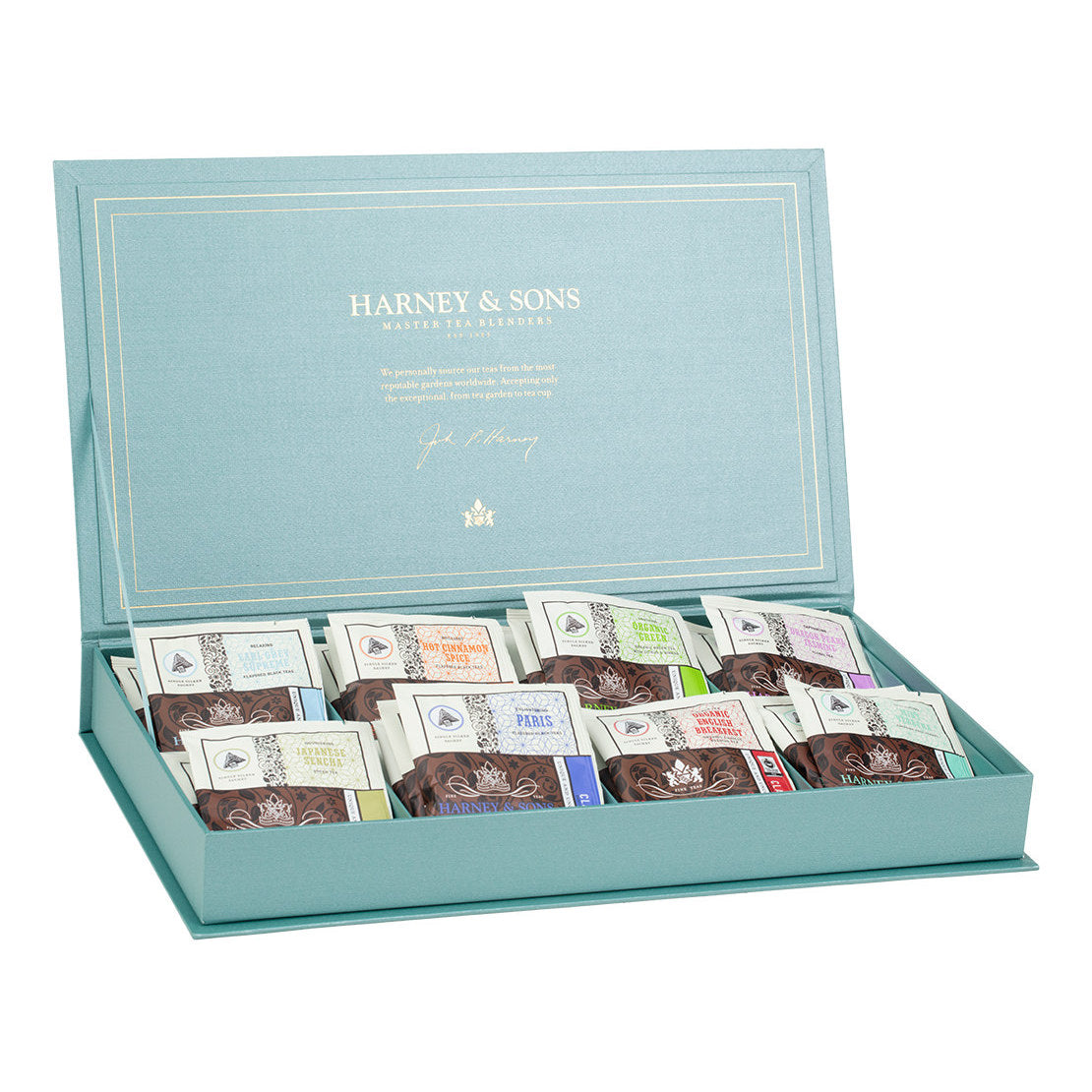
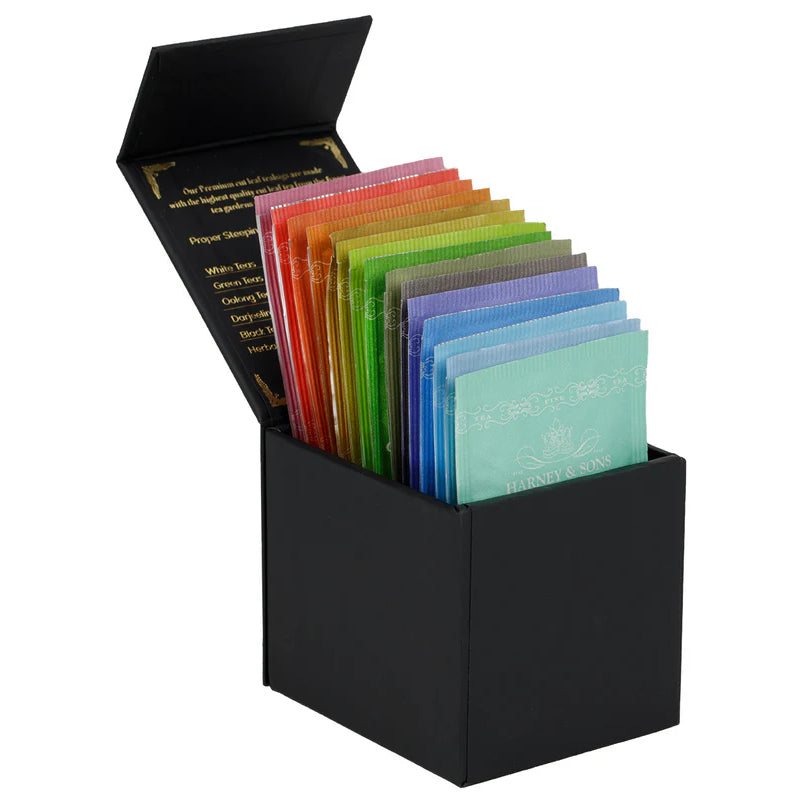

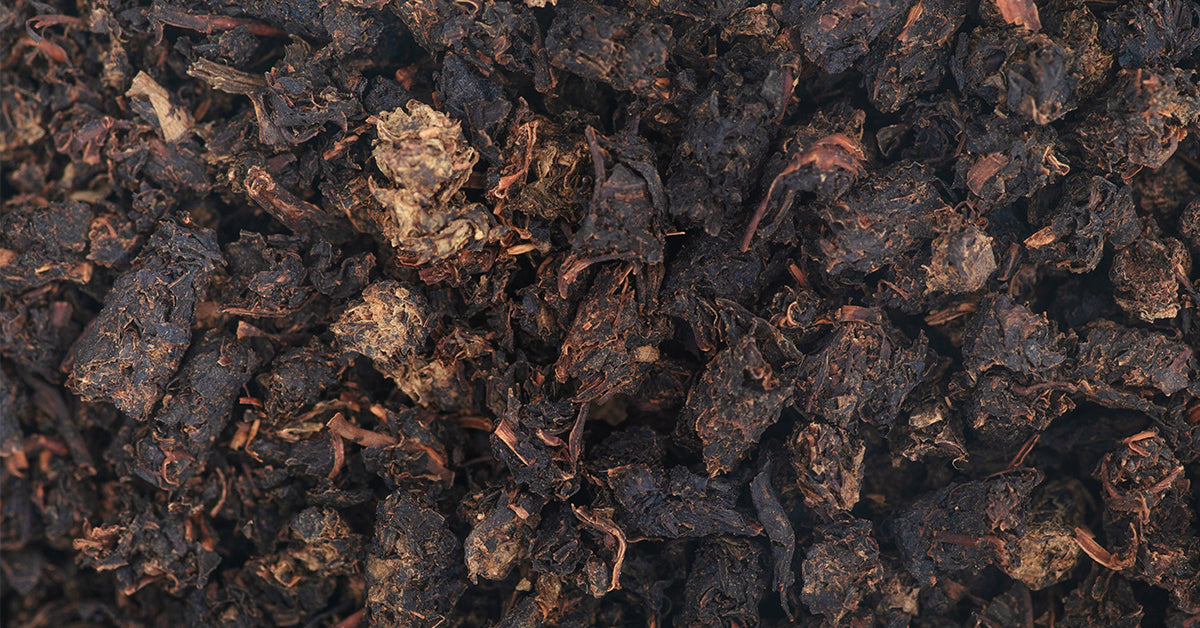
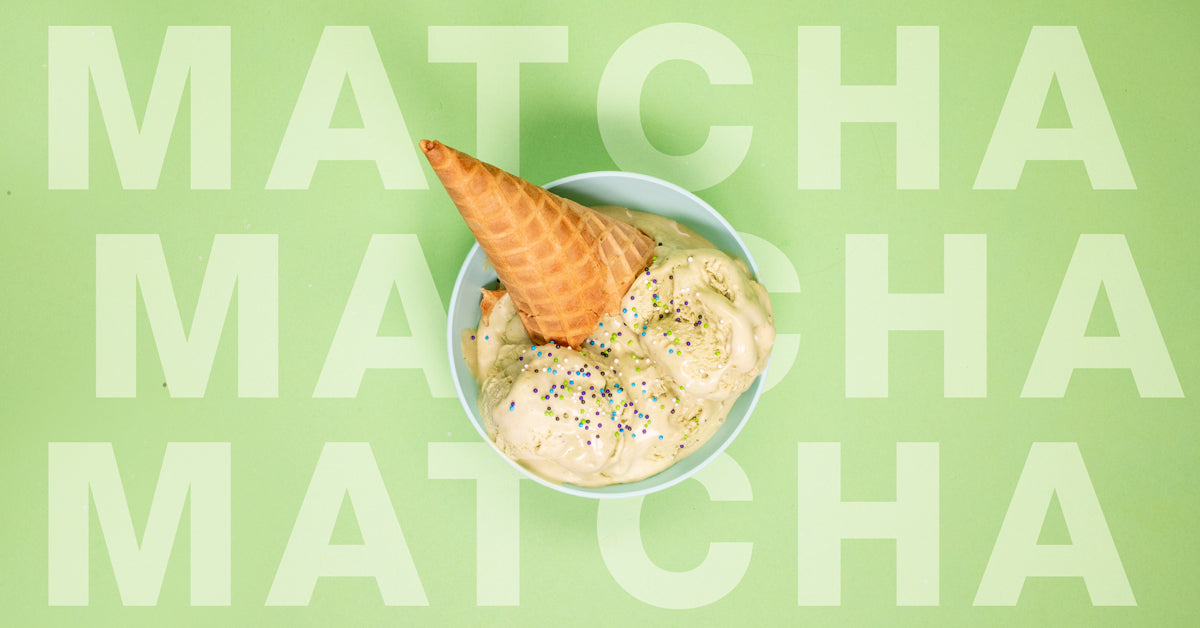
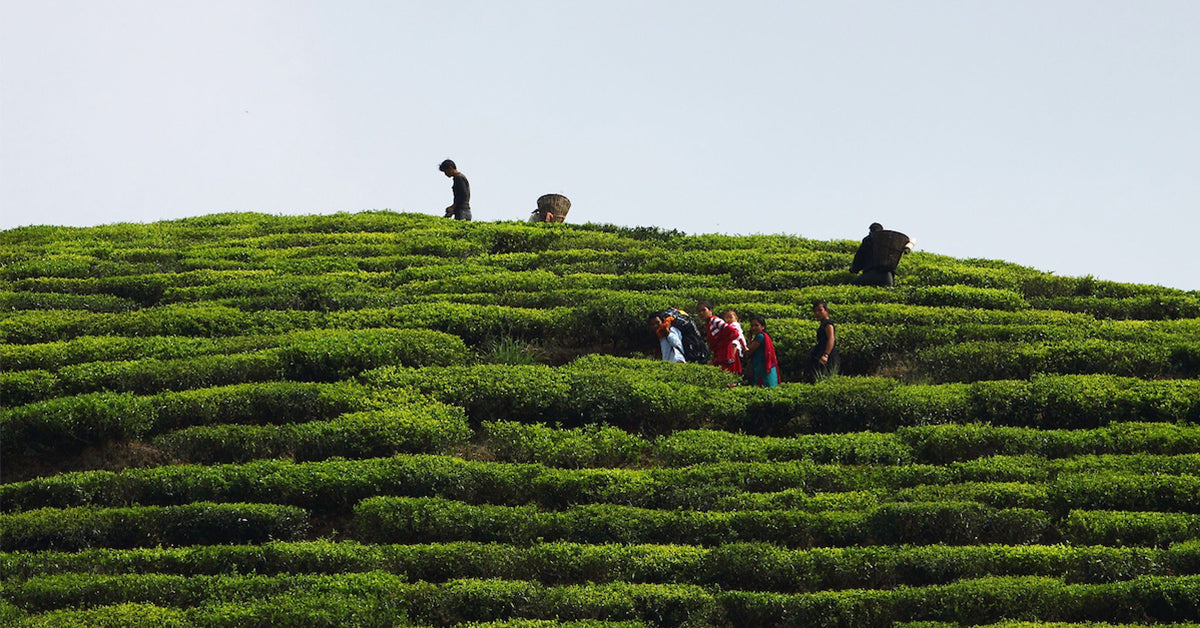
1 comment
Candace Wishon
A great new thing to know! I have been drinking tea for years, but just really within the past year or so have decided to delve into more complex teas, order teas from tea purveyors such as yourself and branch out in my tea taste and knowledge. Believe it or not one of my favorite grocery store teas is Bewley’s from Ireland, Irish afternoon tea. It is sold loose and in a pellet form. It is a great bold tea, which stands up wonderfully to Milk and Sugar. I had no idea why it was in pellets as opposed to the way other teas typically looks. Now I know!
I just received my first order from Harney & Sons, and I’m looking forward to trying one of my new teas this weekend. You sent a sample of The Earl Grey Supreme; Earl Grey used to be one of my favorites, but I quit drinking it because it just wasn’t good anymore, and I couldn’t find a really good Earl Grey that had a good balance. Oh my, this was one of the loveliest, most delicate and delicious Earl Greys that I have ever had. The Bergamot was so nice, did not taste artificial, and the blend of teas was just nuanced perfectly. What a great tea. Will certainly be putting that in on my next order!
A great new thing to know! I have been drinking tea for years, but just really within the past year or so have decided to delve into more complex teas, order teas from tea purveyors such as yourself and branch out in my tea taste and knowledge. Believe it or not one of my favorite grocery store teas is Bewley’s from Ireland, Irish afternoon tea. It is sold loose and in a pellet form. It is a great bold tea, which stands up wonderfully to Milk and Sugar. I had no idea why it was in pellets as opposed to the way other teas typically looks. Now I know!
I just received my first order from Harney & Sons, and I’m looking forward to trying one of my new teas this weekend. You sent a sample of The Earl Grey Supreme; Earl Grey used to be one of my favorites, but I quit drinking it because it just wasn’t good anymore, and I couldn’t find a really good Earl Grey that had a good balance. Oh my, this was one of the loveliest, most delicate and delicious Earl Greys that I have ever had. The Bergamot was so nice, did not taste artificial, and the blend of teas was just nuanced perfectly. What a great tea. Will certainly be putting that in on my next order!